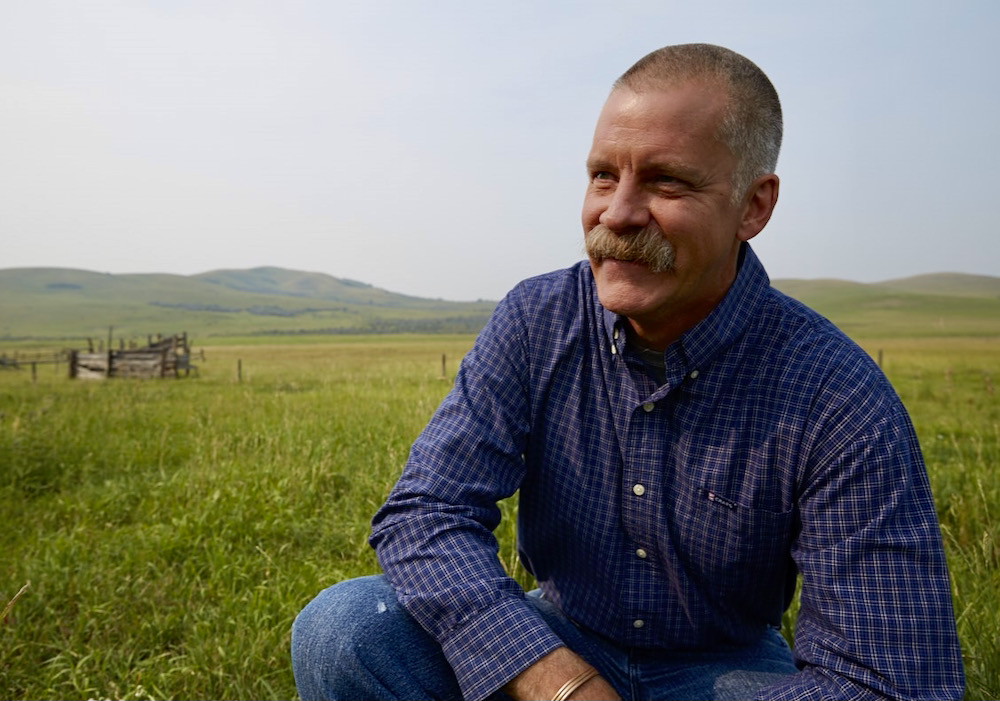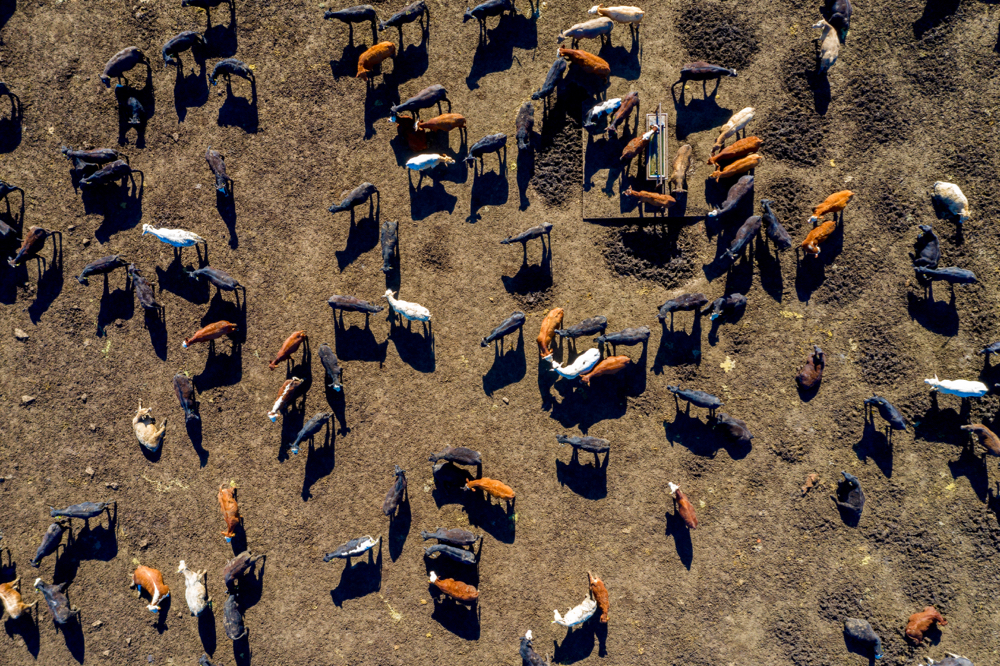Get ready — changing consumer demands could spell the end of growth promotants in Canadian cattle production, says a ruminant nutritionist from Brazil.
“Increased public concern with animal welfare, and also with antibiotic resistance in humans, has really drawn attention to the use of these kinds of products,” said Gabriel Ribeiro at the recent Feed Coalition workshop.
“We have to understand that demand drives production, and as beef producers, we have to produce what the consumer wants. And if that’s what the consumer wants in the future, we might have to change the way we produce beef.”
Read Also

Horns aren’t unlocking anytime soon on livestock transport standards
Standards good enough meet the definition of “humane” animal transportation still vary widely between what what industry wants, what animal rights advocates want and, between the two, what federal regulators decide is good enough.
Right now, producers use beta-agonists and antibiotics to promote growth, improving everything from carcass gain to feed efficiency, he said.
And improved efficiency is critical as global demand for beef grows.
“By 2050, we will need around 43 per cent increase in beef production. That means a little over one per cent increase per year,” said Ribeiro, a visiting scientist at the Lethbridge Research Centre.
“The question is: How are we going to do that? Are we going to increase efficiency and improve the way we feed and raise our cattle? Or are we going to increase our area and our number of animals?”
Doing the former is going to be tough without growth promotants, according to a recent U.S. study.
“By removing this growth-enhancing technology, we would need to increase the animal population by 11.8 per cent and increase feed stuff by 10.6 per cent to produce the same amount of beef,” said Ribeiro. “We would also need to increase land area by 10 per cent, water use by 4.2 per cent, and carbon emissions by 9.8 per cent.”
But with federal legislation phasing out the use of antibiotics for growth promotion within the next three years and markets increasingly demanding implant-free beef, producers will need to start rethinking their production practices.
Five suggestions
“We have to think about the whole system and the points we can manage and change that can reduce problems,” said Ribeiro. “We have to think about preventing disease, not treating disease.”
Reducing stress during transport and handling is a major factor in preventing disease, he said.
“Nowadays, people have been moving their cattle more often, with animals changing groups, and that puts animals in higher-stress situations,” said Ribeiro. “If you’re always moving your animals between pens, you’re increasing this. Your animals are stressed, and the probability of having disease problems is higher.”
Diet also plays a role.
“That might be the easiest way nowadays to try to reduce acidosis and liver abscesses,” he said, adding that may mean bumping up fibre levels.
“People are feeding less than 10 per cent forage in their finishing diets. What we’re doing is transforming ruminants into monogastrics, and we can expect problems with that. That’s not in their biology.”
Proper grain processing also can reduce the risk of acidosis.
“We know if we increase processing, we increase fermentation in the rumen, but if we increase too much fermentation, it causes acidosis,” said Ribeiro. “We’ve got to fine tune that to have the minimum processing so that we can effectively use the grain, but not promote excessive acid production.”
Improved feed delivery could also help.
“Delivering the feed more often would promote the reduction of meal size,” he said. “We know that animals that eat too much have higher fermentation and more acid being produced.”
Reducing animal density would help drive down disease as well, he said. “We have lots of animals very close to each other, and maybe we will have to reduce the number of animals in a pen.”
These changes “will involve costs,” said Ribeiro, but eventually, those costs may be offset by higher prices, as was the case in Europe, where growth promotants are banned.
“These technologies have an impact on production, so if we remove them, it will be a problem. But if we can add value to Canadian beef, this loss might be reduced by the opening of new markets.”















